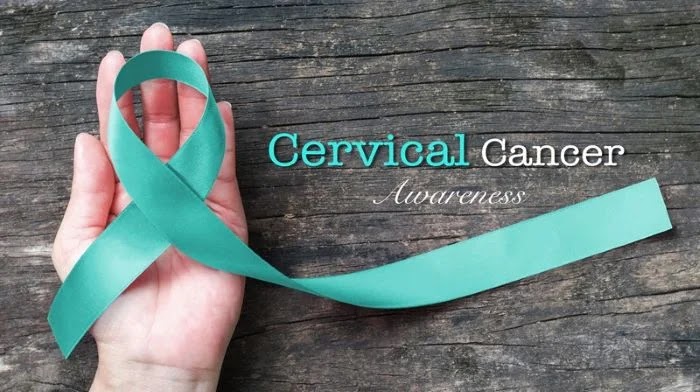Desi Food, with Nutrition facts: What to eat, and what to avoid
Desi Food, with Nutrition facts: What to eat, and what to avoid.
Desi food, known for its rich and flavorful dishes, is a significant part of Indian and Pakistani cuisine. When it comes to nutrition, it's essential to make informed choices about what to eat and what to avoid.
Here's a detailed guide:
Nutrition Facts of Desi Food
Desi food encompasses a wide variety of dishes, each with its own nutritional profile. For example, a typical Pakistani or Indian meal can have an average portion of 1,249 calories and 90.8 grams of fat, largely due to the use of ghee and heavy cream[1]. However, there are also many healthy options available. For example, chickpeas, which are often used in sabzi, daal, and salads, are a great source of fiber, zinc, folate, and protein[6]. Same with, dishes like "dal" (lentils) are packed with protein, fiber, vitamin B6, and folate, making them a nutritious choice[1]. Spinach and tomatoes, which are widely used in Pakistani foods, are also known as superfoods, containing high levels of antioxidants, vitamins, and minerals[6]. Similarly, many traditional sauces and condiments are vegetable-based, such as saag aloo and aloo gobi, making them a healthy choice as the majority of them do not use cream or cheese[6]. It's important to be mindful of the calorie and fat content of Desi dishes, especially those that are rich in ghee, cream, and fried elements.
What to Eat
When it comes to Pakistani food, there are many healthy options to choose from. For example:
1. Dahi or Yogurt:
Is jam-packed with 'good bacteria' or probiotics, which is good for the digestive system[6]. The famous Pakistani mint Raaita, made from natural yogurt, cucumber, and mint, is a source of calcium and a low-fat alternative to sauces, such as mayonnaise[1].
2. Lentils (Dal):
Opt for lentil-based dishes in tomato-based sauces over creamy ones to keep the fat content lower. Lentils are rich in protein, fiber, and various essential nutrients[1][9].
3. Roti (Chappati):
Is a Pakistani staple, and multigrain flour is available in the market, which has an equal proportion of Wheat, Sorghum (Jowar), Pearl Millet (Bajra), and Barley, making it a good source of fiber[6].
4. Rice:
Is also a popular Pakistani food, and consuming steamed white rice helps boost the intake of zinc, an essential mineral[6].
5. Chana Masala:
This dish, made with chickpeas, is a good source of folate, iron, fiber, and vitamin B. The tomato-and-onion sauce is blended with healthy spices, making it a nutritious choice[1].
6. Tofu-Based Dishes:
Consider dishes that traditionally contain paneer (Indian cheese) with tofu as a healthier alternative. For example, Tofu Saag Paneer is a nutritious option[1].
7. Rice Pudding (Kheer):
If you crave something sweet, kheer, or rice pudding topped with fruit, is a better choice than high-calorie desserts like Gulab Jamun[1].
What to Avoid
While there are many healthy options available in Pakistani cuisine, there are also some dishes that should be avoided or consumed in moderation. For example:
1. Naan:
A soft flatbread has little nutritional value and is often made with white flour, sugar, and oil[9].
2. Parathas:
Parathas are made with flour and roasted with oil, ghee, or butter, and should also be avoided if weight loss is a goal[6].
3. Biryani:
Biryani is a spiced rice dish that is popular in South Asian cuisine. It typically consists of fragrant basmati rice, vegetables, meat (such as chicken, lamb, or beef), and a variety of aromatic spices like saffron, cumin, cardamom, and cloves.
4. Vindaloo (Curry):
Vindaloo is a spicy curry dish originating from India. The name is derived from the Portuguese word "vindo" meaning "coming" and "alho" meaning "garlic," reflecting the dish's early origins as a fusion of Indian and Portuguese cuisine.
5. Dal Makhani:
It is made with urad dal with other pulses including butter and cream. It is high in calories and fat. It is recommended to share or save some for another night[9].
6. Gulab Jamun:
A popular dessert, is deep-fried and coated in sticky liquid, making it a poor choice for those watching their calorie intake[9].
7. High-Fat Dishes:
Dishes like butter chicken, lamb vindaloo, and those made with heavy use of ghee and cream should be consumed in moderation due to their high calorie and fat content[1][3].
8. Fried Foods:
Be cautious with deep-fried items like samosas, as the pastry shell or wonton skin, along with the frying process, can significantly increase the calorie and fat content[3].
By being mindful of the nutritional content of Desi food and making informed choices, it's possible to enjoy the rich and diverse flavors of Pakistani and Indian cuisine while maintaining a balanced and healthy diet. Pakistani cuisine is known for its rich flavors and spices, but it is also important to consider its nutritional value. By choosing healthy options such as chickpeas, yogurt, lentils, and roti, and avoiding or consuming moderation dishes such as naan, parathas, biryani, vindaloo, and gulab jamun, it is possible to enjoy Pakistani food while maintaining a healthy diet.
This guide provides an overview of the nutritional aspects of Desi food, incorporating information from reputable sources. It aims to help individuals make informed choices about their dietary intake, especially when enjoying the diverse and flavorful offerings of Pakistani and Indian cuisine.
Citations:
[1] https://www.webmd.com/diet/ss/slideshow-diet-best-worst-indian
[2] https://www.myfitnesspal.com/nutrition-facts-calories/desi
[4] https://www.tiffin.com/tiffinindiancuisinenutritioninformation.pdf
[5] https://delishably.com/dining-out/How-Many-Calories-In-Indian-Food-Items-With-ChartList
[6] https://tribune.com.pk/story/852153/health-facts-about-the-pakistani-cuisine
[7] https://propakistani.pk/how-to/how-to-calculate-calories-in-pakistani-food/
[8] https://www.myfitnesspal.com/nutrition-facts-calories/pakistani
[9] https://www.webmd.com/diet/ss/slideshow-diet-best-worst-indian




Comments
Post a Comment